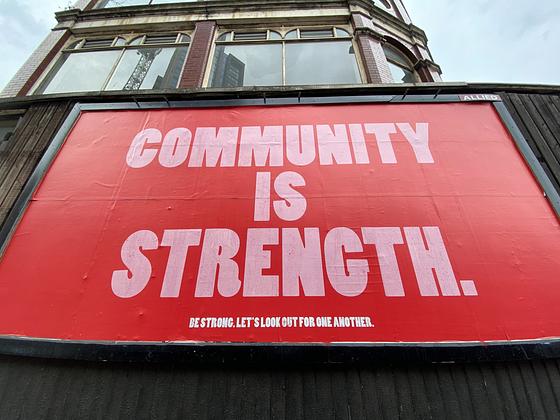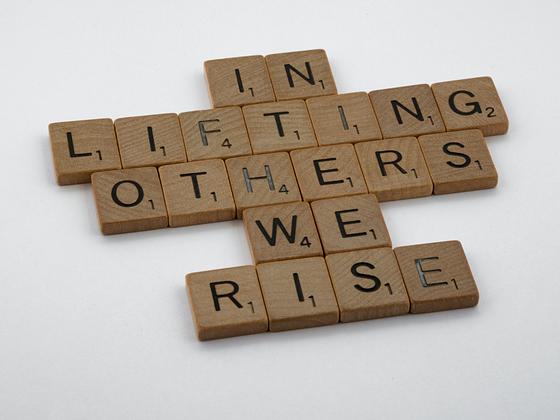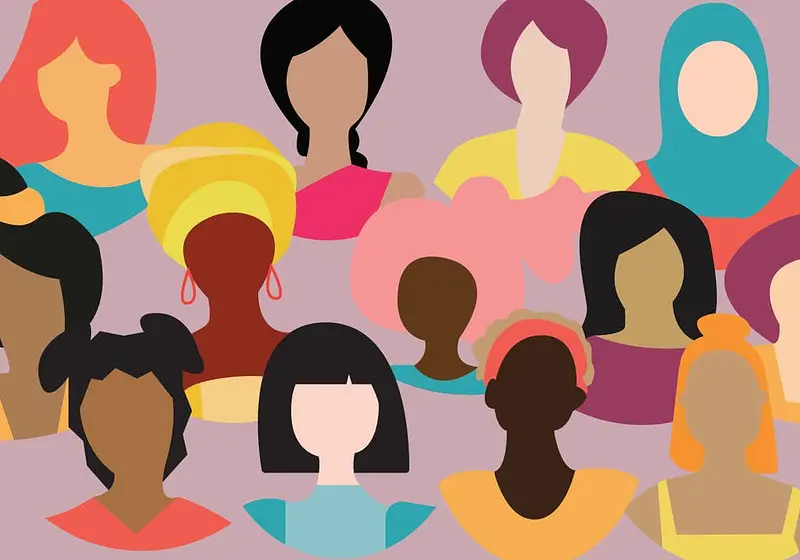In the realm of human interaction, the effects of discrimination and prejudice are not always loud and overt. They can be insidious, operating beneath the surface in seemingly innocuous comments, gestures, or behaviors. These subtle acts of discrimination are known as microaggressions.
Microaggressions are the everyday slights, insults, and belittling behaviors that target individuals based on their race, gender, sexual orientation, or other aspects of their identity. Despite their subtlety, microaggressions can have profound and lasting impacts on individuals and communities, contributing to a broader culture of marginalization and inequity.
Microaggressions are often unintentional and may stem from unconscious biases that people hold. These biases are formed by societal norms, media portrayals, and personal experiences. Thus, individuals may perpetrate microaggressions without realizing the harm they cause.
For instance, a white person might ask an Asian American, "Where are you really from?" implying that they are not a true American due to their ethnicity. While the question may seem harmless, it highlights the assumption that people of color are perpetual outsiders.

Duncan Shaffer, via Unsplash
Microaggressions can be categorized into three types: microassaults, microinsults, and microinvalidations. Microassaults are explicit, purposeful actions intended to harm someone, such as using racial slurs. Microinsults are subtler, often conveyed through dismissive comments or gestures that demean an individual's identity.
Microinvalidations undermine a person's experiences by invalidating their emotions or identity. For instance, telling someone from the LGBTQ+ community that "you're too sensitive" when they express discomfort with a discriminatory joke is a microinvalidation.
Here are some common types of microaggressions:
Racial Microaggressions:
- Microassaults: These are explicit and purposeful actions that involve using racial slurs, making racially derogatory comments, or engaging in other overtly racist behaviors.
- Microinsults: These are subtle actions or comments that belittle or demean a person's racial identity, often by implying that their achievements are due to affirmative action rather than merit.
- Microinvalidations: These are dismissive behaviors that negate or invalidate a person's experiences related to their racial identity, such as saying "I don't see color" or "We're all human beings."
Gender Microaggressions:
- Microassaults: These can include explicit sexist remarks, derogatory comments about a person's appearance, or offensive jokes targeting a specific gender.
- Microinsults: These are subtle actions that undermine a person's competence or worth based on their gender, such as assuming a woman is less capable in a certain field.
- Microinvalidations: These involve negating a person's gender identity or minimizing their experiences, such as telling a transgender person that they are "just confused.

Mike Erskine, via Unsplash
LGBTQ+ Microaggressions:
- Microassaults: These might involve using homophobic or transphobic slurs, making explicit derogatory comments about someone's sexual orientation or gender identity.
- Microinsults: These can include comments that question the legitimacy of someone's LGBTQ+ identity or assume that all LGBTQ+ people are the same.
- Microinvalidations: These involve ignoring or denying the experiences of LGBTQ individuals, such as telling someone that their sexual orientation is just a phase.
Disability Micro aggressions:
- Microassaults: These could involve mocking or imitating a person's disability, using derogatory terms related to disabilities, or intentionally excluding them from activities.
- Microinsults: These are subtle actions that demean a person's abilities or reinforce stereotypes about disabilities.
- Microinvalidations: These involve ignoring or denying the challenges that people with disabilities face, such as assuming they are faking their condition.
Cultural Microaggressions:
- Microassaults: These might involve making fun of someone's cultural practices or traditions, using derogatory terms related to their ethnicity, or engaging in cultural appropriation.
- Microinsults: These could include comments that exoticize or stereotype a person's culture or assume that they speak a certain language because of their appearance.
- Microinvalidations: These involve minimizing or dismissing the significance of a person's cultural background, such as saying "You're so lucky to be diverse!"
It's important to recognize that microaggressions can take many forms and can intersect with multiple aspects of an individual's identity. Understanding and addressing these subtle acts of discrimination is crucial for creating inclusive environments where everyone feels respected and valued.

John Cameron, via Unsplash
Let us slide into your dms 🥰
Get notified of top trending articles like this one every week! (we won't spam you)Impact of Microagressions
The cumulative impact of microaggressions is significant. While each instance might appear minor on its own, the constant barrage can lead to a sense of hypervigilance and emotional exhaustion for marginalized individuals. They might question their own experiences, wondering whether they are overreacting or whether the discrimination is even real. This phenomenon is often referred to as "racial battle fatigue" or "identity-based battle fatigue." Over time, these experiences can erode self-esteem, contribute to stress-related health issues, and hinder personal and professional growth.
- Psychological Impact: Microaggressions can cause psychological distress, erode self-esteem, and contribute to feelings of frustration, anger, and isolation. They create a hostile environment that undermines a person's sense of belonging and worth.
- Emotional Toll: Repeated exposure to microaggressions can lead to chronic stress, anxiety, and even depression. The accumulation of these subtle slights over time can take a toll on an individual's mental well-being.
- Undermining Competence: Microaggressions that question an individual's skills or competence based on their identity can affect their confidence and performance. This is known as "stereotype threat," where individuals fear confirming negative stereotypes about their group.
- Relationship Strain: Microaggressions can strain interpersonal relationships. They create discomfort and erode trust, leading to strained interactions between individuals or groups.
- Internalization: Those who experience microaggressions may internalize the negative messages, leading to self-doubt and self-blame. This can further contribute to mental health challenges.
- Impact on Identity: Microaggressions can make individuals question or suppress aspects of their identity to fit in or avoid further slights. This can lead to a sense of disconnection from one's true self.
- Cultural Climate: Microaggressions contribute to a toxic cultural climate, perpetuating biases and stereotypes. They reinforce a system where people from marginalized groups are made to feel inferior.
- Barriers to Inclusion: In organizational settings, microaggressions can create barriers to diversity and inclusion. They discourage individuals from participating fully and can result in attrition from underrepresented groups.
- Educational and Professional Opportunities: Microaggressions can limit access to educational and professional opportunities. If individuals are consistently undermined, their chances of success and advancement can be hindered.
- Community Impact: Microaggressions collectively affect marginalized communities, fostering a sense of shared discrimination and reinforcing systemic inequalities.
Addressing microaggressions requires raising awareness, educating people about their impact, and fostering a culture of inclusivity and respect. Recognizing and challenging these subtle forms of bias is crucial for creating a more equitable and supportive environment for everyone.

Brett Jordan, via Unsplash
Take the Quiz: Which Indian city is the perfect holiday spot for you!?
Let's match you with an Indian city that you would love!
How to put an end to microagressions
Ending microaggressions requires a collective effort to raise awareness, challenge biases, and promote inclusivity. Here are some steps that individuals, communities, and institutions can take to address and ultimately eliminate microaggressions:
Education and Awareness:
- Educate yourself about different forms of microaggressions, their impact, and the experiences of marginalized communities. Understanding the harm caused by microaggressions is the first step towards addressing them.
- Engage in self-reflection to identify your own biases and assumptions. Becoming aware of your unconscious biases can help you take steps to mitigate them.
Open Communication:
- Foster open and respectful conversations about microaggressions within your personal and professional circles. Encourage individuals to share their experiences without fear of judgment.
- Create safe spaces where people can express concerns and provide feedback about microaggressions without facing backlash.
Intervene and Call Out:
- If you witness a microaggression, consider intervening in a respectful manner. Gently point out the impact of the comment or behavior and explain why it is problematic.
- Encourage bystanders to speak up as well. When multiple people challenge a microaggression, it sends a stronger message that such behavior is not acceptable.
Promote Inclusive Language:
- Be mindful of the language you use. Avoid assumptions about someone's identity, and use inclusive language that respects individual choices and experiences.
- Educate others about the importance of using respectful and appropriate language, both in casual conversations and professional settings.
Cultural Competency Training:
- Organizations, schools, and institutions can offer training programs on cultural competence, unconscious bias, and diversity and inclusion. These programs help individuals recognize and address microaggressions.
- Regularly update and reinforce these training sessions to ensure that awareness remains high and new employees or students are adequately educated.
Diverse Representation:
- In the media, literature, and educational materials, we prioritize accurate and diverse representation of various identities. This can help challenge stereotypes and promote understanding.
- Advocate for increased diversity in decision-making roles and leadership positions, as this can influence policies and practices that address microaggressions.
Policy and Reporting Mechanisms:
- Establish clear policies that define unacceptable behavior, including microaggressions, and the consequences for perpetrating them. Communicate these policies to all members of an organization or community.
- Implement reporting mechanisms for incidents of microaggressions, ensuring that individuals have a safe and confidential way to report such behavior.
Promote Empathy and Empowerment:
- Encourage individuals to actively listen to others' experiences and perspectives. Empathy can help people better understand the impact of their words and actions.
- Empower individuals from marginalized groups to share their stories and advocate for change. Amplifying their voices can lead to greater awareness and action.
Continuous Self-Evaluation:
- Regularly assess your own behavior and interactions to identify areas for improvement. Personal growth requires ongoing reflection and effort to address biases.
Support Systemic Change:
- Recognize that microaggressions are often symptomatic of deeper systemic issues. Support initiatives that address structural inequalities and work towards creating a more just and equitable society.
In conclusion, microaggressions are subtle yet harmful acts of discrimination that perpetuate a culture of marginalization and inequity. Recognizing and addressing these behaviors requires active efforts to unlearn biases, foster open conversations, and promote inclusivity. By collectively striving to eliminate microaggressions, we can pave the way towards a more just and equitable society where individuals of all identities can thrive without fear of subtle discrimination.







.jpg)
.jpg)


.jpg)






